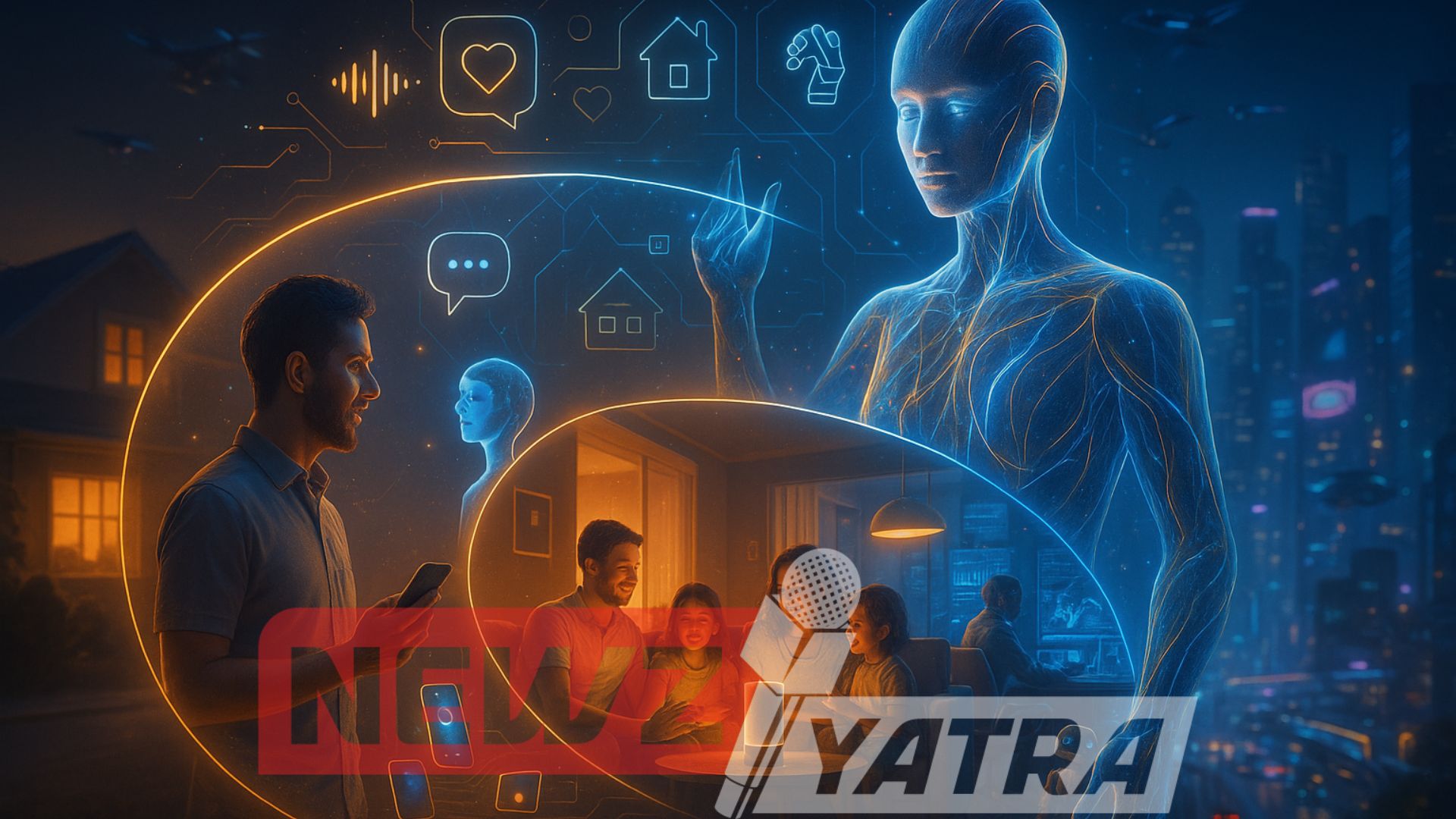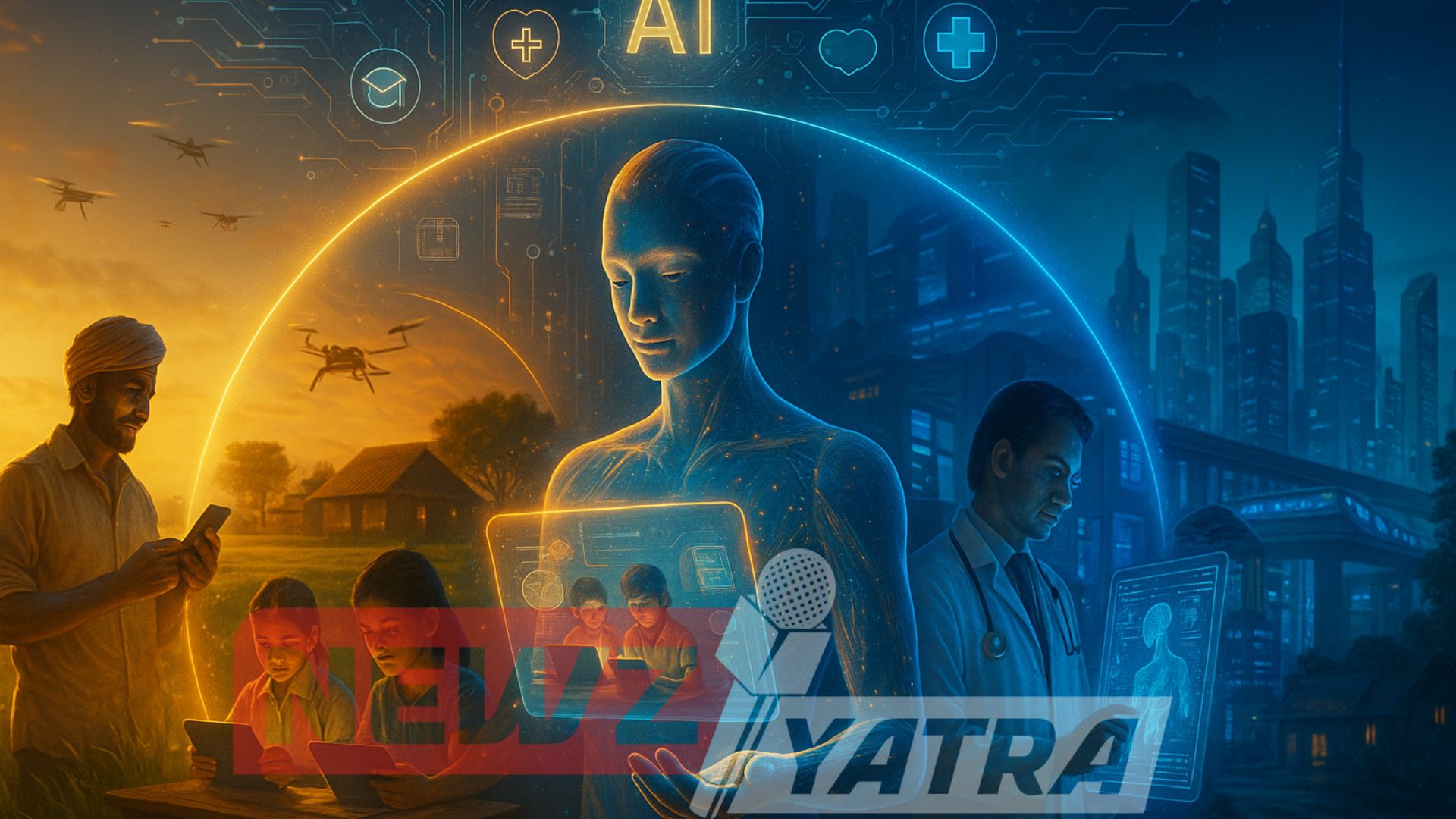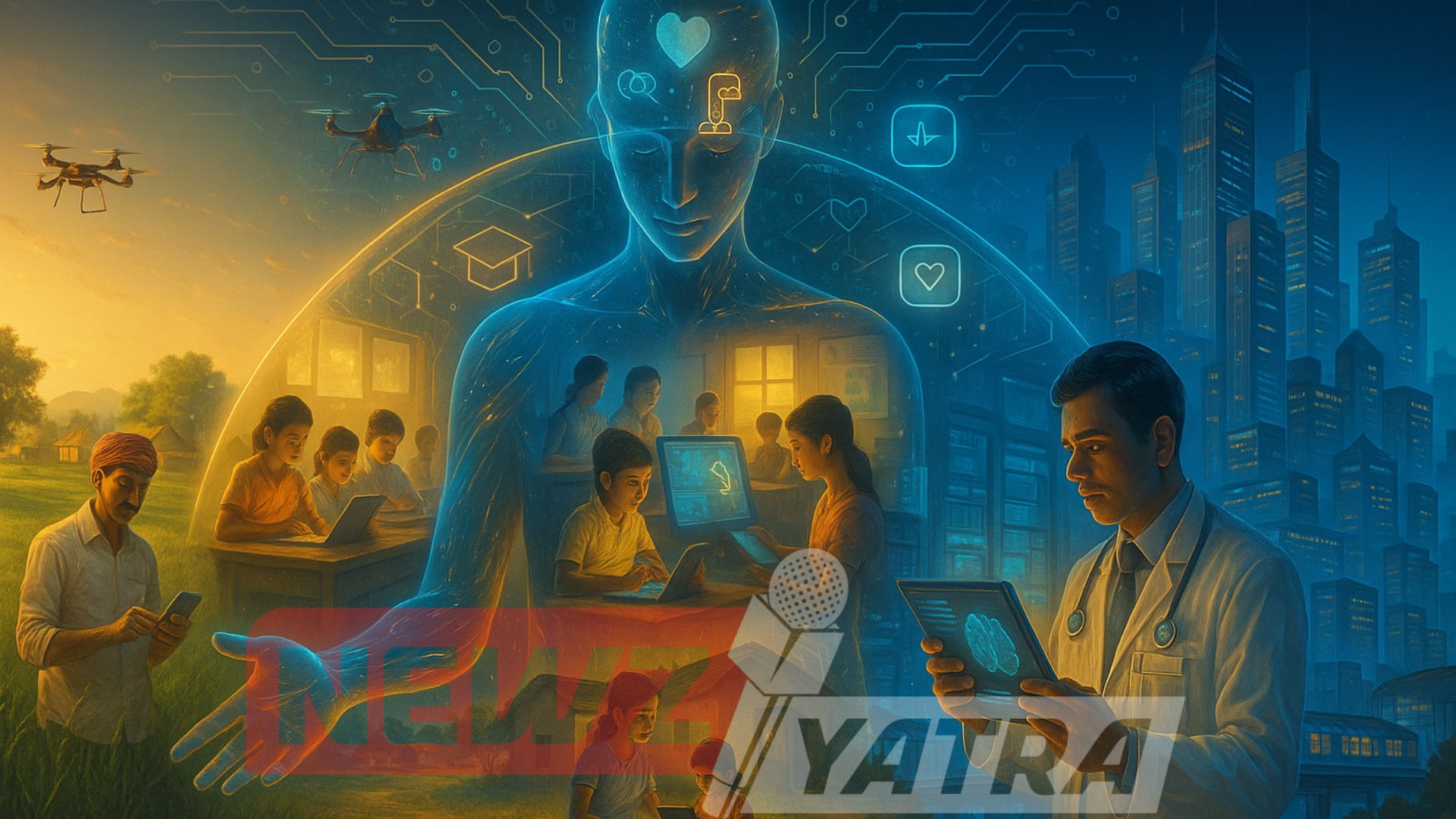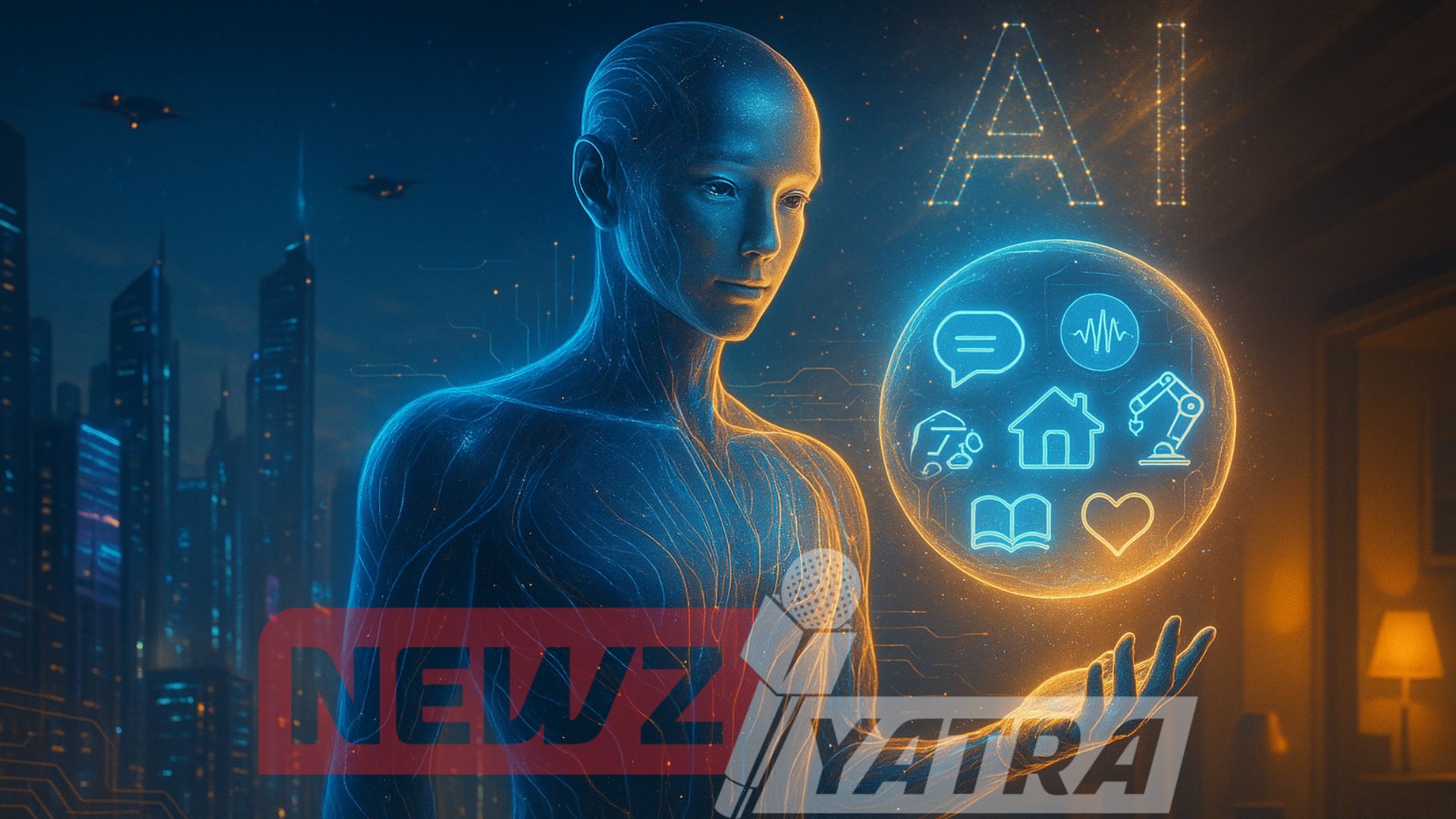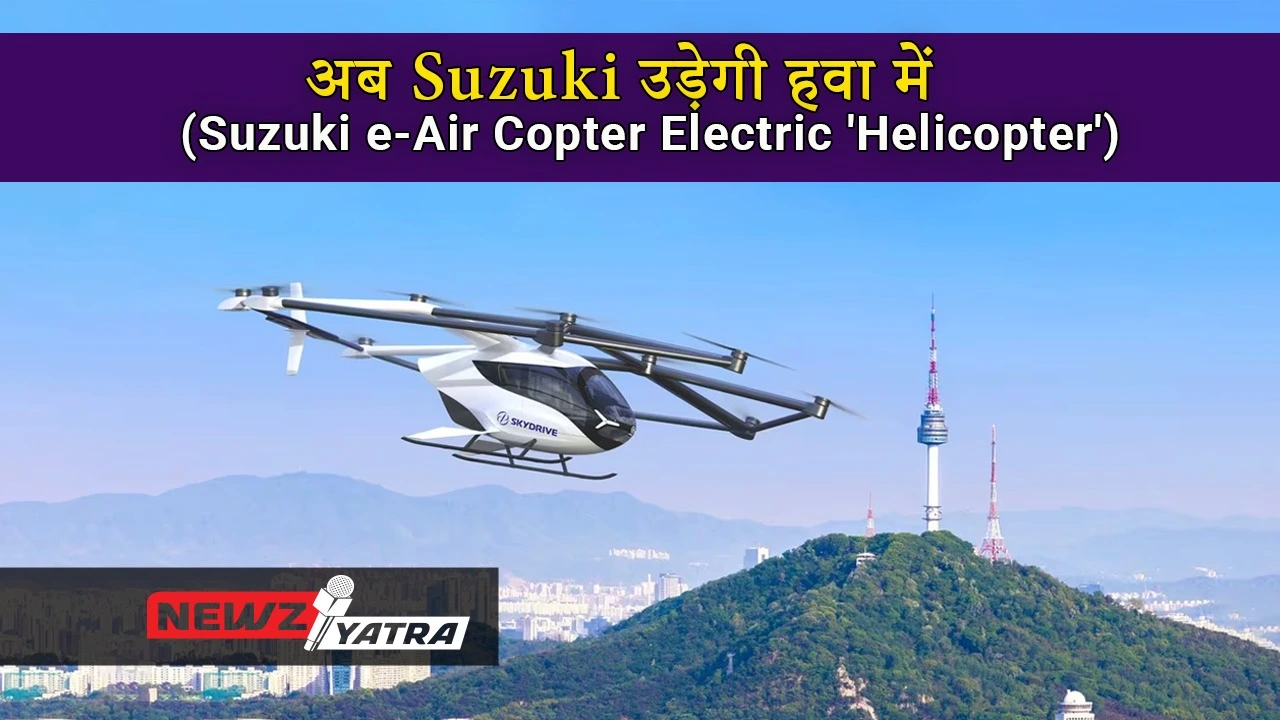Chandrayaan‑3 & Aditya‑L1 Explained: What Every Indian Student Should Know
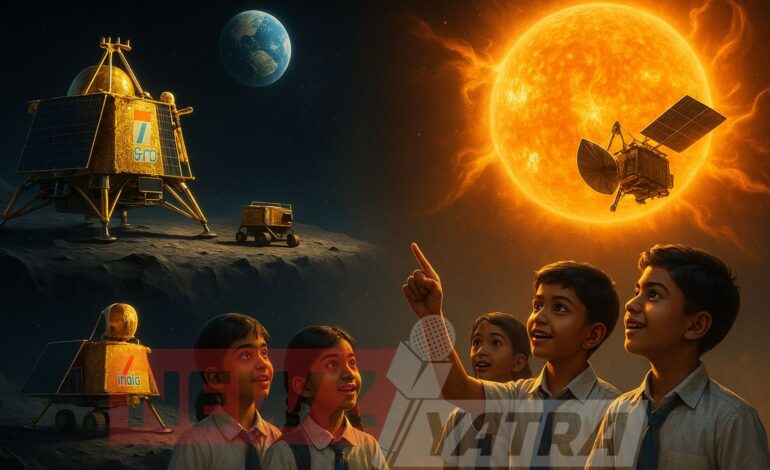
India is truly reaching for the stars—and making history while doing it!
In 2023, Chandrayaan‑3 made a soft landing on the Moon’s south pole—something only a few countries have ever done. Right after that, Aditya‑L1 was launched to study the Sun, making it India’s first dedicated solar mission.
These two missions are not just about rockets and space—they show how far India has come in science and technology. They make us proud as Indians and inspire students like you to dream big, ask questions, and explore the unknown. (Chandrayaan 3 mission)
But what exactly are these missions? Why are they important for India—and the world? And why should you, as a student, care?
Let’s break it all down in simple and clear words, so you understand how these space missions are shaping the future—and why they matter to you.
What is Chandrayaan‑3? (Chandrayaan 3 mission)
Chandrayaan‑3 is India’s third mission to the Moon. It was developed by ISRO (Indian Space Research Organisation) with one clear goal: to land safely near the Moon’s south pole. This was a historic step, because no country had ever landed in that region before.
The mission was launched on 14 July 2023, and the lander touched down successfully on 23 August 2023. The landing took place close to the Moon’s south pole, an area known for its deep, shadowed craters. (Chandrayaan 3 mission)
Chandrayaan‑3 had two important parts: the Vikram Lander and the Pragyan Rover. The Vikram Lander was in charge of making a soft landing on the Moon’s surface. Once it landed, the Pragyan Rover rolled out and started exploring the area. It moved around, took photos, and studied the soil and rocks.
But why the south pole of the Moon? This area is believed to have water ice hidden in craters that are always in shadow. That ice is very important for future space missions because it could be used to make drinking water, oxygen, and even rocket fuel. It can help humans survive longer on the Moon and even travel further into space. (Chandrayaan 3 mission)
With Chandrayaan‑3, India became the first country in the world to land successfully near the Moon’s south pole. It also became the fourth country ever to make a successful landing on the Moon, after the USA, the former USSR, and China.
This mission is a big step forward for India in space science—and a proud moment for every Indian student!
What is Aditya‑L1? (Chandrayaan 3 mission)
After its Moon mission, ISRO took its next big step—this time, looking at the Sun. Aditya‑L1 is India’s first space mission to study the Sun, and it marks another proud moment in India’s space journey. The name “Aditya” means Sun in Sanskrit. The mission was launched on 2 September 2023. (Chandrayaan 3 mission)
The main purpose of Aditya‑L1 is to better understand the Sun’s behavior, especially how it affects space and Earth. It will closely study things like solar flares (big explosions on the Sun), solar wind (streams of charged particles that come from the Sun), and the Sun’s outer layers, including a very hot region called the corona. (Chandrayaan 3 mission)
But why is it called “L1”? The “L1” stands for Lagrange Point 1, which is a special spot in space between the Earth and the Sun. It is located about 1.5 million kilometers away from Earth. This point is very important because a spacecraft placed here can continuously observe the Sun without any breaks—24/7, without the Earth blocking its view.
With Aditya‑L1, India joins a small group of countries that are studying the Sun from space. This mission will help scientists learn how the Sun affects satellites, weather, and even power grids on Earth. It’s not just about space—it’s about protecting life and technology here on Earth too. (Chandrayaan 3 mission)
Why Study the Sun? (Chandrayaan 3 mission)
You might wonder—why should we study the Sun? Well, the Sun controls space weather, and sometimes it sends out powerful bursts of energy called solar storms. These storms can be very dangerous. They can disrupt satellite signals, harm astronauts in space, and even affect electricity and power systems on Earth.
That’s why it’s important to watch the Sun closely and understand its behavior. With Aditya‑L1, India can observe the Sun in real time. This helps scientists protect our satellites, keep communication systems safe, and improve weather and climate predictions. (Chandrayaan 3 mission)
By doing this, India is also helping the whole world. It joins top space agencies like NASA (USA) and ESA (Europe) in studying the Sun. With Aditya‑L1, India becomes an important part of global solar science.
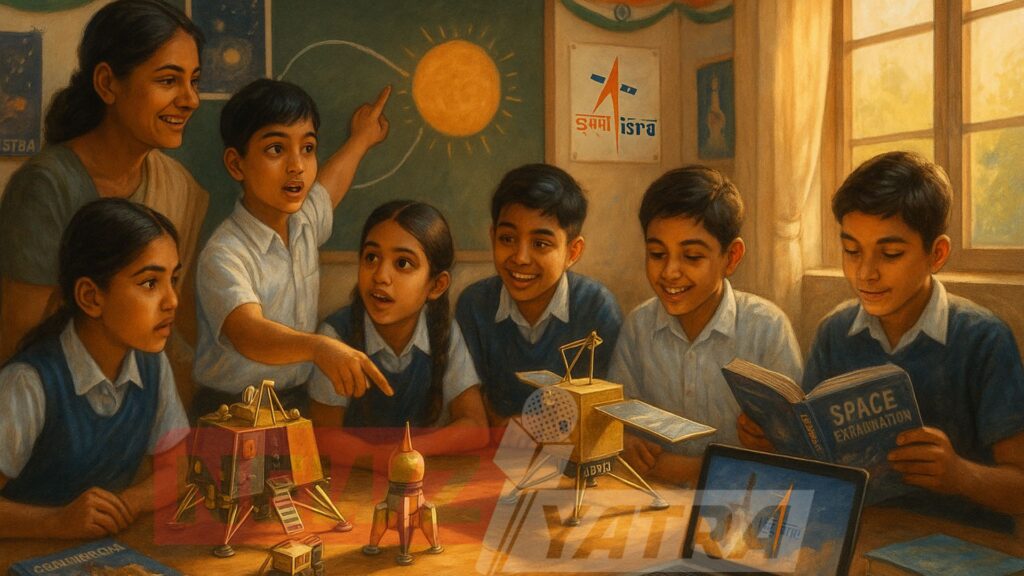
Why These Missions Matter for Indian Students (Chandrayaan 3 mission)
Chandrayaan‑3 and Aditya‑L1 are more than just space missions. They are a sign of India’s progress and a great opportunity for students to learn and dream big.
1. India Can Lead in Science (Chandrayaan 3 mission)
These missions show that India can do amazing things in science and technology—even with limited money. ISRO’s smart planning and teamwork helped India land on the Moon and study the Sun. It’s proof that great minds and strong ideas matter more than big budgets.
2. STEM is the Future (Chandrayaan 3 mission)
If you are interested in Science, Technology, Engineering, or Math (STEM)—these missions show how exciting your future can be. Whether it’s working with ISRO, DRDO, or new tech startups, there are many jobs for future scientists, engineers, and innovators.
3. Space is for Everyone—Not Just Astronauts (Chandrayaan 3 mission)
You don’t have to go to space to be part of space research. You can help as a computer programmer, data expert, engineer, or even as a teacher or science communicator. There are many ways to be part of India’s space journey.
4. Stay Curious and Keep Asking Questions (Chandrayaan 3 mission)
These missions are a chance to learn more about the universe. Ask questions like:
- What is gravity like on the Moon?
- How does the Sun affect Earth’s weather?
- How do we control a spacecraft from Earth?
Your curiosity today could lead to big discoveries tomorrow—and help India reach even greater heights in space.
Fun Facts to Remember (Chandrayaan 3 mission)
Did you know? Chandrayaan‑3’s Vikram lander and Pragyan rover are now quietly resting on the Moon’s surface after completing their important work. They may not move anymore, but they’ve already made history!
Aditya‑L1, on the other hand, is still on its journey to study the Sun. It carries 7 scientific instruments (called payloads) that will help scientists learn about solar flares, radiation, and more.
And here’s something cool—L1 (Lagrange Point 1) is a special spot in space where the gravity of the Earth and the Sun is perfectly balanced. That means Aditya‑L1 can stay there and keep watching the Sun non-stop!
Want to Learn More? (Chandrayaan 3 mission)
If these space missions have sparked your curiosity, there’s a whole universe waiting for you to explore! You can visit ISRO’s official website for updates straight from India’s space agency. For amazing solar visuals, check out NASA’s Solar Dynamics Observatory.
On YouTube, channels like Dr. Becky, ISRO Official, and Kurzgesagt explain space science in fun and simple ways. (Chandrayaan 3 mission)
Love reading? Try books like “Mission Moon” by S.K. Das to dive deeper into India’s space journey, or “The Ultimate Book of Space”—a great pick for younger students.
Your Dreams Can Take Flight Too
Chandrayaan‑3 and Aditya‑L1 are not just headlines—they are invitations.
Invitations to dream bigger.
To ask questions.
To believe that you, too, can be part of something historic. (Chandrayaan 3 mission)
These missions show what’s possible when passion meets purpose. Even with limited resources, India is reaching new heights—because of people who dared to imagine, learn, and build.
So whether you want to become a scientist, coder, teacher, designer, engineer, or even an artist who explains science—space has a place for you. (Chandrayaan 3 mission)
The next mission could have your name on it.
All you need to do is take the first step.
🌟 Stay curious. Stay bold. The sky is just the beginning.
Top 10 Fastest Ways to Grow Your YouTube Channel in 2025
Frequently Asked Questions (FAQs)
1. What is the main goal of Chandrayaan‑3?
Chandrayaan‑3 aimed to soft-land near the Moon’s south pole—a region no country had ever explored before. The mission helps gather important data and showcases India’s ability to land on the Moon.
2. Why is the Moon’s south pole important?
The south pole may have water ice hidden in permanently shadowed craters. This ice could support future missions by providing drinking water, oxygen, and fuel.
3. What did the Vikram Lander and Pragyan Rover do?
The Vikram Lander carried out the soft landing. After landing, the Pragyan Rover explored the lunar surface, captured images, and analyzed soil and rock composition.
4. What happened to Vikram and Pragyan?
After completing their tasks during the lunar day (about 14 Earth days), Vikram and Pragyan went into sleep mode. They haven’t awakened since, but their mission was already a big success.
5. What is Aditya‑L1 trying to study?
Aditya‑L1 is India’s first solar mission, launched to study the Sun’s outer layers, solar flares, and solar wind. These phenomena affect space weather and life on Earth.
6. What is a Lagrange Point (L1)?
L1 is a stable point in space 1.5 million km from Earth, where the gravity of the Earth and the Sun balances. A satellite at L1 can continuously observe the Sun without being blocked by Earth.
7. Why is studying the Sun important for Earth?
Solar activity can affect satellites, GPS, radio communication, and even power grids. Studying the Sun helps predict solar storms and protect modern technology.
8. How do these missions benefit Indian students?
They inspire students to explore STEM fields, understand real-world applications of science, and aim for careers in research, space tech, or science communication.
